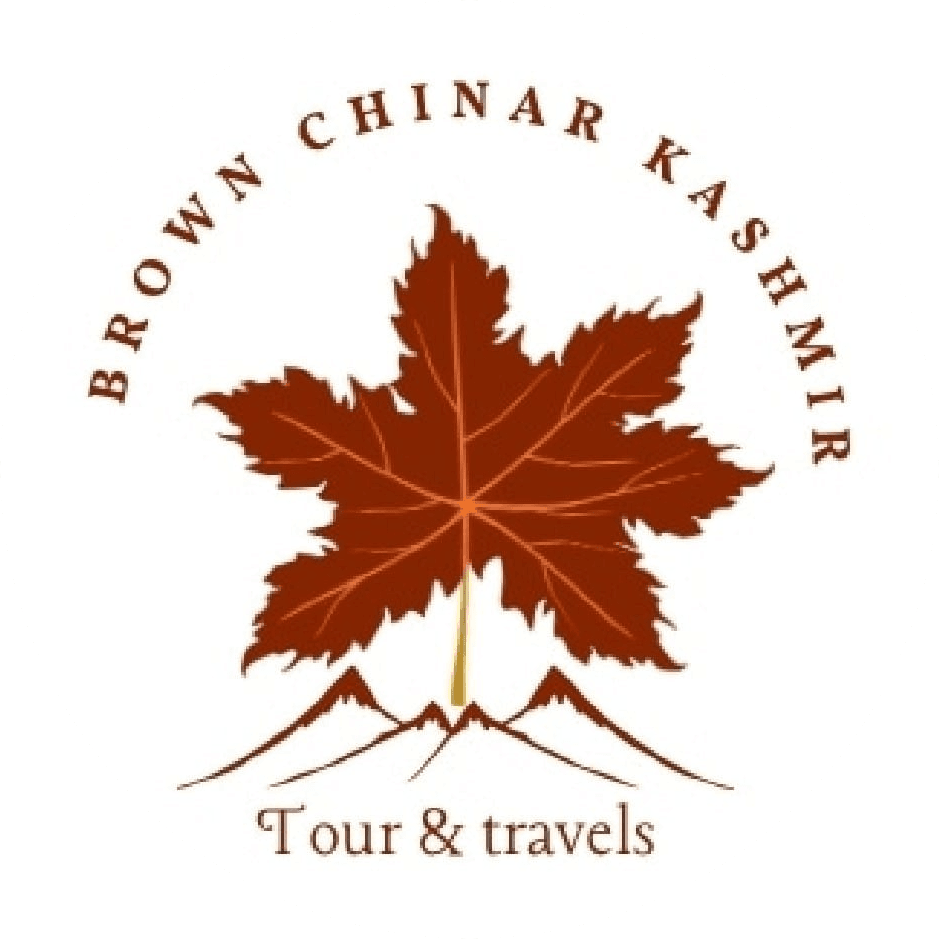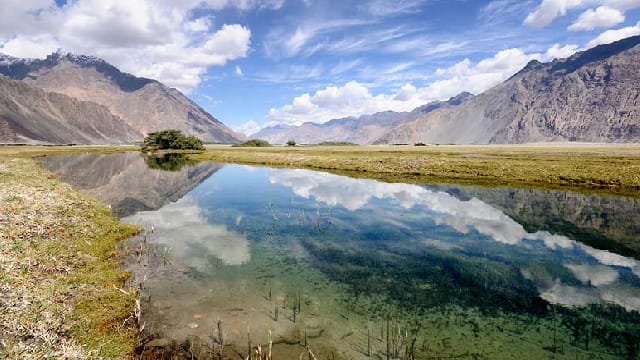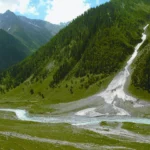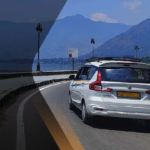Table of Contents
Toggle- Overview
- 1. Kargil War Memorial: A Tribute to the Heroes
- 2. Suru Valley: The Gateway to Adventure
- 3. Zanskar Valley: A Trekker’s Dream Destination
- 4. Lamayuru Monastery: Moonland of Ladakh
- 5. Mulbekh Monastery: A Land Of Solitude
- 6. Pangong Tso Lake: A Shimmering Jewel of Ladakh.
- 7. Drass Valley: The Coldest Inhabited Place in India
- Conclusion
- How to book Ladakh tour online?
- People Also Ask
- What are the top places to visit in Kargil?
- How can I reach Kargil?
- What is the best time to visit Kargil?
- Is Kargil safe for tourists?
- What is the Kargil War Memorial?
- What are the best trekking routes in Kargil?
- What is Zanskar Valley known for?
- How far is Kargil from Leh?
- What are the activities to do in Kargil?
- Is Pangong Tso Lake worth visiting from Kargil?
- What is the significance of Lamayuru Monastery?
- What is the weather like in Kargil?
- Can I visit the Kargil War Memorial on my own?
- Are there hotels in Kargil?
- What are the religious sites in Kargil?
- Is there any nightlife in Kargil?
- How can I travel around Kargil?
- What are some lesser-known places to visit in Kargil?
- What is the best route from Srinagar to Kargil?
- What should I pack for a trip to Kargil?
- Can I go to Kargil by road from Leh?
- Are there any adventure activities in Kargil?
- How long does it take to reach Zanskar Valley from Kargil?
- Can I find Wi-Fi in Kargil?
- What are the major festivals celebrated in Kargil?
- Is Kargil suitable for a family trip?
- What kind of food can I expect in Kargil?
- How can I obtain permits to visit Kargil?
- Inquiry Form
Overview
On the southeastern edge of the Zanskar range lies Kargil; a small town in the Ladakh region of India, which is often sung in the same verses as Leh. Unlike Ladakh which enjoys the attention for its scenic vistas and aggressive tourism, Kargil is rich in untouched beauty that can wallow seamlessly in the arms of history. The Kargil district is a paradise for those seeking to explore contouring landscapes, eloquent monasteries of the Buddhism, gripping narratives of yore, and serene sunsets.
The enigmatic terrane ranging from mountains to meadows, rivers, and lakes along with a profoundly tranquil environment made it a great battleground during the 1999 Indo-Pak War. Kargil offers an unparalleled view of historical conflicts and offers a peek into temples and monasteries that provide respite to grappling nature for solace in religion.
Unlike the surreal Buddhist temples dotting the Taoist region of Kashtukh, Kargil offers a view of temples, and buddhist monasteries offering unmatched tranquility paired with whispers of nature. The poetic narratives around Kargil capture the attention of seasoned and budding travelers looking to experience unblemished beauty.
If you wish to explore places off the beaten track, Kargil should definitely be on your list Kargil guarantees an unparalleled view of historical conflicts unraveling one after another.
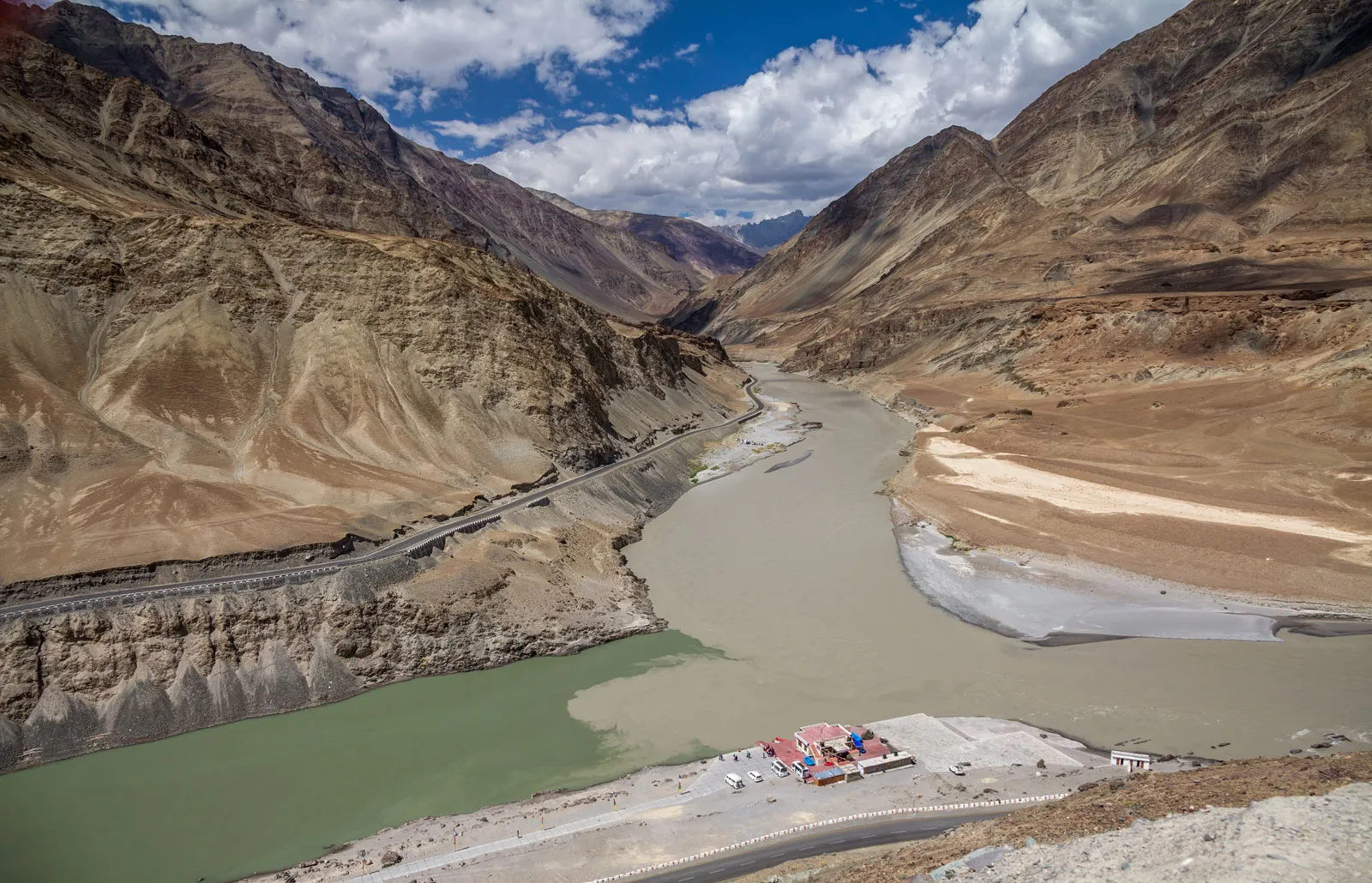
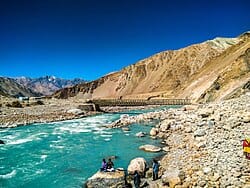

1. Kargil War Memorial: A Tribute to the Heroes
The Kargil War Memorial is one of the most important places in Kargil which is situated in Drass, 60 kilometers away from Kargil town. The memorial depicts the sacrifice’s the soldiers made during the Kargil War in 1999 when Indian forces fought against Pakistani infiltrators in the Kargil sector. This memorial is a tribute to the soldiers who fought and died in this war, and for many who pay their respects, it is a touching experience.
The Kargil War Memorial is positioned at the base of the Tololing and Tiger Hill ranges which were the main areas of the battle. There is a huge memorial constructed with a plaque that remembers the gallant soldiers who laid their lives for the country. Apart from this visitors can visit the war museum which contains photographs, documents, and other important items which serve as a valuable insight into the events of the war.
Alongside its historical importance, Kargil War Memorial captivates the sight with breathtaking 360 views of the mountains. It stands as a modern historical site bracing reflection and natural beauty. Guests have the opportunity to engage with local military staff, understanding the war’s intricate local narratives and the area’s strategic relevance, together with hearing personal accounts connected to the conflict.
Why Visit?
- To honor the martyrs of the Kargil War.
- To have a comprehensive knowledge about the military history of India and the importance of Kargil war.
- To admire the mountain ranges and other landforms visually.
2. Suru Valley: The Gateway to Adventure
Suru Valley is situated along the banks of Suru River in Ladakh and is regarded as one of the most breathtaking areas of the region. The place is ideal for anyone in search of a tranquil and serene setting, suffused with adventure. Known for its calmness, the valley has some of the most striking landscapes and is considered a photographers’ and nature lovers’ paradise.
The Himalayan Sociological Research Institute Trekking offers a glimpse into the life of local people, their lifestyle and culture through small villages like Trekchey, Sankoo and Kargil. It also incorporates cultural and historical dimensions into the trip as the area is rich in Buddhist monasteries and ancient temples.
The Nun Kun part of the Tibetan Himalayas Kukerbine range is also a sight to behold. It is the second highest peak of the Indian state Jammu and Kashmir and is one of the most popular attracting trekmates. The valley is famous for fishing as well and caters to people who enjoy pole fishing and have an interest of lese hand angling, in particular the Suru River, which is well known for trout.
The suru valley also offers amazing panoromic views of the valley from a high altitude giving trekkers many trails to explore.
Why Visit?
- Get a peaceful experience of Suru Valley’s untouched landscapes.
- Engage in outdoor activities such as fishing, trekking, and photography.
- Visit historical sites like the Sankoo Monastery and Suru River.
3. Zanskar Valley: A Trekker’s Dream Destination
Zanskar Valley takes the top spot for most adventerous and off the beaten track travelers. The picturesque valleys provide romance and lush nature which amplify the beauty of riding the horse head neck at the heart of the valley of ladakh. The valley is one of the most remote and rugged regions of ladakh and offers an incredible experience for trekkers, nature and adventure enthusiasts. Close to the B aktshik gulag Zanskar is famous for its harsh landscapes, untouched wilderness and rich buddist culture.
Chadar Trek, the renowned winter trek on the frozen Zanskar River, is one of the best-known attractions in Zanskar. Walking atop thick ice through tranquil villages and stunning scenery provides a breathtaking experience of crossing rivers. Ice caves, frozen waterfalls, and snow-blanketed peaks are simply unparalleled views one can ever have. Zanskar’s journey also includes ancient buddhist monasteries like Zangla Monastery and Stongdey Monastery which provide great value pertaining to the culture and history of the locals.
Zanskar offers less known trekking opportunities, along with rafting in Zanskar River which is famous for its furious rapids. The valley is also a great spot for those interested in wildlife as the notorious snow leopard, wild yak, and Ladakhi gazelle can all be sighted here.
Why Visit?
- Experience undertaking Chadar Trek on the frozen Zanskar River.
- Explore ancient Zangla and Stongdey monasteries.
- Engage in activities such as wildlife spotting, rafting and trekking.
4. Lamayuru Monastery: Moonland of Ladakh
Located roughly 120 kilometers from Kargil, Lamayuru Monastery is notably one of the most renowned monasteries in Ladakh. The area surrounding the monastery is also popularly known as the “Moonland of Ladakh” as the surreal and extraordinarily barren and rugged terrain parallels the surface of the moon.
Having origins around the 10th century, Lamayuru Monastery is considered one of the oldest monasteries in Ladakh. It is perched on a cliff and offers stunning panoramic views of the Himalayan mountaintops and the unique landscape below. Over 150 monks reside in the structure who practice Tibetan Buddhism.
The surrounding region with its moon-like landscapes is also famous for photography and trekking. The peaceful ambiance of the monastery’s prayer hall, embellished with stunning murals and sculptures, fosters a calm atmosphere ideally suited for meditation.
Why Visit?
- Enjoy the moon-like captivating panoramas surrounding the monastery.
- Observe one of the most ancient monasteries of Ladakh along with its spiritual significance.
- Witness the culture and architecture of Tibetan Buddhism.
5. Mulbekh Monastery: A Land Of Solitude
The Mulbekh Monastery is a notable buddist landmark along the Kargil to Leh highway. It’s well known for the colossal Maitreya Buddha statue that rises above the ground at a whopping height of 9 meters. The statue universally known as a sign of peace and compassion has been carved onto rocks for centuries.
The Mulkbeh Monastry is peaceful yet isolated, home to a few monks who practice Tibetan buddhists. The area surrounding the monastery is full of stone carvings, murals and scriptures. The combination of the tranquil region and rich historical landmarks makes it a hotspot for tourists looking for a break to shut down and detox away from the chaos.
Along with the religion Mulbekh is also known for its trekking destinations as it is surrounded with breathtaking hills and valleys. The mulbekh region is a gem and has its own share of unexplored places, the ladakh range is just the cherry on top as it provides an indefinable view to the people who are trying to explore culture in a peaceful zone.
Why Visit?
- Great place for trekking among the serene hills and valleys.
- Engaging in culture and nature.
- Seeing the iconic Maitreya statue at Mulbekh.
- Experiencing the calm and mindfulness of the monastery.
6. Pangong Tso Lake: A Shimmering Jewel of Ladakh.
Pangong Tso Lake is conveniently located near Kargil and is one of the most important sites in Ladakh. The lake’s water is famous for being crystal clear and changing colors from blue to turquoise depending on the time of day, and it is 134 km long, straddling the border between India and China.
Pangong Tso is best known for the raging pristine beauty which surrounds it, as barren mountains encircle the lake on all sides. The lake also gained significant tourist attention after being featured in Bollywood movies such as 3 Idiots. The surroundings of the lake offer excellent opportunities for photography, camping, and birdwatching, especially for migratory birds during summer.
Why Visit?
- Observe the stunning transformation of colors in Pangong Tso Lake.
- Absorb the tranquil landscape surrounding the lake.
- Partake in birdwatching and photograph in the area.
7. Drass Valley: The Coldest Inhabited Place in India
Drass is a quaint village that is about 60 kilometers from Kargil and is known as the “Gateway to Ladakh.” Drass is the second coldest inhabited place on earth after Siberia and often experiences winters as cold as -40°C.
Because of its harsh winters, Drass becomes a fascinating place to visit rugged landscapes, and has historical significance. It is home to the Drass War Memorial, built to commemorate the soldiers who fought in the Kargil War. The Drass Valley is a beautiful destination boasting rolling meadows, pure rivers, and mountains that touch the sky. For outdoor enthusiasts, the valley provides opportunities for trekking and camping.
Why Visit?
- Witness the unique way of life and extreme cold in the area.
- Visit Drass War Memorial, a landmark of great historical significance.
- Participate in other outdoor activities such as photography or solitude trekking.
Conclusion
The Kargil region is fascinating and offers a variety of options for visitors. The Kargil War Memorial, the Suru Valley right along to Zanskar Valley which is packed with experiences, as well as the Lamayuru Monastery all come together to make the town an exciting spot to explore. Regardless of if you are a thrill-seeker, a history buff looking for some peace, or a person seeking some calm time, Kargil has something in store which is bound to change your perception towards nature, culture, and history adding to unmatched travel experience.
In terms of the massive view Kargil has to offer, as well as its historical places and rich culture, Kargil can in fact be pinned as one of the regions of Ladakh which contain unexplored beauty. So grab your things and set off on a trip to Ladakh to admire the beauty of it in its less known glory.
How to book Ladakh tour online?
Contact Brown Chinar at +91 6005039532/+91 9906188874 or Email us at : Enquiry@brownchinarkashmir.com
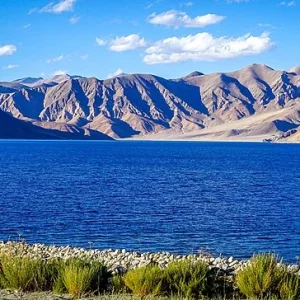
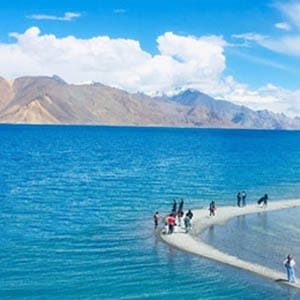
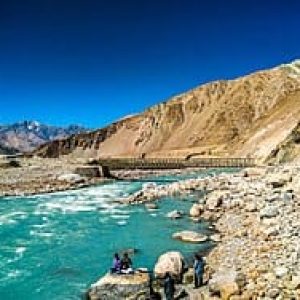
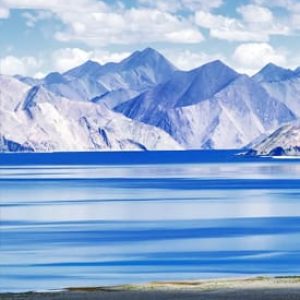
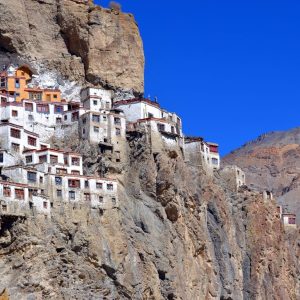
People Also Ask
What are the top places to visit in Kargil?
Some of the top places to visit in Kargil include the Kargil War Memorial, Suru Valley, Zanskar Valley, Lamayuru Monastery, Mulbekh Monastery, Pangong Tso Lake, and Drass Valley. These locations offer a mix of historical significance, natural beauty, and adventure.
How can I reach Kargil?
Kargil is well-connected by road and can be reached via the Srinagar-Leh Highway. The nearest airport is Leh Airport (about 230 km away), and the closest major railway station is in Srinagar. You can take a taxi or a bus from Srinagar to Kargil.
What is the best time to visit Kargil?
The best time to visit Kargil is during the summer months (May to September), as the weather is relatively mild, and most tourist attractions are accessible. However, winter (October to March) is perfect for those interested in winter trekking, particularly the Chadar Trek.
Is Kargil safe for tourists?
Yes, Kargil is generally safe for tourists. However, since it is a border region, it is important to follow all travel advisories issued by the government and maintain caution while traveling. Always consult with local authorities before heading to remote areas.
What is the Kargil War Memorial?
The Kargil War Memorial is a tribute to the soldiers who fought and lost their lives during the 1999 Kargil War between India and Pakistan. It is located in Drass, just outside Kargil, and serves as a historical landmark with a museum, plaques, and war relics.
What are the best trekking routes in Kargil?
Some of the best trekking routes in Kargil include:
- Chadar Trekin Zanskar.
- Nun Kun Trekin Suru Valley.
- Lamayuru to Alchi Trek. These treks offer stunning landscapes, remote monasteries, and challenging terrains.
What is Zanskar Valley known for?
Zanskar Valley is known for its rugged terrain, extreme remoteness, and the Chadar Trek (a winter trek on the frozen Zanskar River). It’s also famous for its monasteries, including Zangla Monastery and Stongdey Monastery.
How far is Kargil from Leh?
Kargil is approximately 230 kilometers from Leh, which typically takes around 6 to 7 hours by road. The journey offers spectacular views of the Himalayan range and high-altitude landscapes.
What are the activities to do in Kargil?
In Kargil, you can enjoy activities such as:
- Trekking in Zanskar Valleyand Suru Valley.
- Fishing in the Suru River.
- Exploring Buddhist monasterieslike Lamayuru and Mulbekh.
- Campingnear Pangong Tso Lake.
Is Pangong Tso Lake worth visiting from Kargil?
Yes, Pangong Tso Lake is definitely worth visiting from Kargil. The lake is renowned for its changing colors and stunning landscapes. It is about 4-5 hours drive from Kargil, and you can enjoy the beautiful, serene atmosphere there.
What is the significance of Lamayuru Monastery?
Lamayuru Monastery is one of the oldest Buddhist monasteries in Ladakh, dating back to the 10th century. It is known for its stunning location amidst moon-like landscapes and its spiritual importance in Tibetan Buddhism.
What is the weather like in Kargil?
Kargil experiences a cold desert climate. Summers (May to September) are mild and pleasant, with temperatures ranging from 15°C to 30°C, while winters (October to March) are extremely cold, with temperatures often dropping below freezing, especially in Drass.
Can I visit the Kargil War Memorial on my own?
Yes, you can visit the Kargil War Memorial independently. It is open to the public, and visitors are free to explore the memorial, learn about the war history, and pay respects to the fallen soldiers.
Are there hotels in Kargil?
Yes, Kargil has a variety of accommodation options, ranging from budget hotels to guesthouses and homestays. You can also find guesthouses and lodges along the way to popular tourist destinations like Pangong Tso.
What are the religious sites in Kargil?
Religious sites in Kargil include:
- Lamayuru Monastery
- Mulbekh Monastery
- Suru Valleymonasteries
- Drass War Memorial(related to the Kargil War)
These sites offer insight into the spiritual and historical significance of the region.
Is there any nightlife in Kargil?
Kargil is a peaceful town and does not have a bustling nightlife scene. Most activities in Kargil revolve around outdoor adventures, sightseeing, and cultural exploration during the day. However, you can enjoy peaceful evenings with local cuisine in small cafés or restaurants.
How can I travel around Kargil?
You can travel around Kargil by local taxis, buses, or jeeps. Renting a private vehicle or hiring a driver is a good option for exploring remote areas like Zanskar Valley, Pangong Lake, or Suru Valley.
What are some lesser-known places to visit in Kargil?
Some lesser-known but beautiful places in Kargil include:
- Trekcheyand Sankoo villages in Suru Valley.
- The lesser-visited Zangla Monasteryin Zanskar.
- Darchik, a remote village on the Leh-Kargil road.
What is the best route from Srinagar to Kargil?
The best route from Srinagar to Kargil is via the National Highway 1D. The drive is scenic, passing through Sonamarg and Zoji La Pass, offering stunning views of the mountains and valleys.
What should I pack for a trip to Kargil?
When traveling to Kargil, pack warm clothes, including thermals, jackets, and gloves, especially if you are traveling in winter. Don’t forget sunscreen, sunglasses, a first-aid kit, comfortable shoes for trekking, and a camera to capture the beautiful landscapes.
Can I go to Kargil by road from Leh?
Yes, you can travel from Leh to Kargil via the National Highway 1D, which offers a stunning drive through Zoji La Pass. The journey takes around 6 to 7 hours, depending on weather conditions.
Are there any adventure activities in Kargil?
Yes, Kargil offers several adventure activities such as:
- Trekkingin Zanskar Valley and Suru Valley.
- Raftingin the Zanskar River.
- Fishingin the Suru River.
- Winter trekslike the Chadar Trek on the frozen river.
How long does it take to reach Zanskar Valley from Kargil?
It takes about 5-6 hours to reach Zanskar Valley from Kargil, covering a distance of approximately 130 kilometers. The journey is adventurous and offers scenic views along the way.
Can I find Wi-Fi in Kargil?
While Kargil has some internet connectivity, Wi-Fi is not widely available in remote areas. Hotels and guesthouses in the town may offer limited internet access, but be prepared for slow speeds, especially in more isolated locations.
What are the major festivals celebrated in Kargil?
The major festivals in Kargil are similar to those celebrated in the wider Ladakh region, such as:
- Losar(Tibetan New Year)
- Ladakhi festivalslike Buddhist festivals (celebrating Tibetan culture)
- Independence Day(celebrated with ceremonies at the Kargil War Memorial)
Is Kargil suitable for a family trip?
Yes, Kargil is a great place for a family trip. The peaceful environment, beautiful landscapes, and cultural attractions make it an excellent choice for families looking for a relaxing and educational vacation.
What kind of food can I expect in Kargil?
Kargil offers a variety of local dishes, such as:
- Thukpa(noodle soup).
- Momos(dumplings).
- Skyu(a traditional Ladakhi dish).
- Tibetan breadand butter tea. Local cafés also serve North Indian, Kashmiri, and Ladakhi cuisine.
How can I obtain permits to visit Kargil?
Kargil does not generally require a permit for Indian citizens. However, if you plan to visit areas near the border or in Zanskar Valley, you may need to obtain an Inner Line Permit. Foreign tourists require permits for certain restricted areas. It’s best to check with local authorities or your travel agency for updated requirements.
